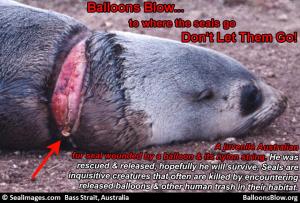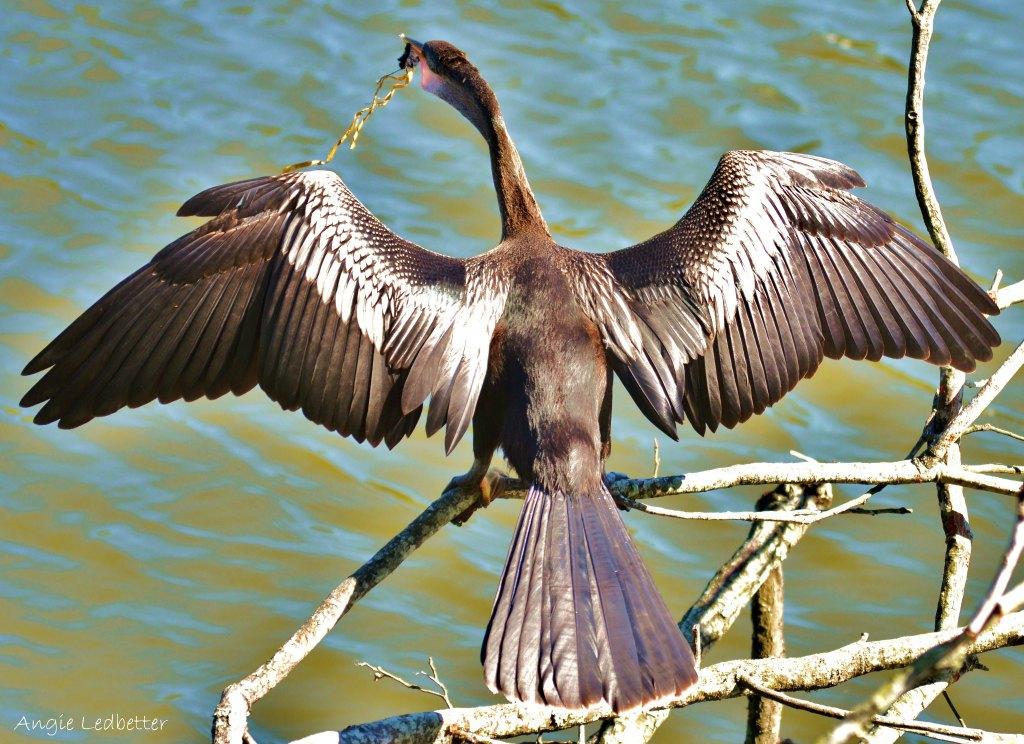By Amy Motherwell
For a long while now, it’s been accepted as tradition to use balloons for various occasions. Seen as a seemingly harmless vessel of sentiment and celebration, it’s what these balloons are made of and where they end up that makes them bad news for animals.
A balloon can travel many kilometres before it reaches a height at which it bursts into fragments and returns to earth as litter. These balloon fragments are easily mistaken for food by many species of wildlife, both on land and at sea, and when ingested can block the digestive tract of the animal causing a slow and painful death by starvation.
Animals can also become entangled in the balloon and/or its attached ribbon, rendering them unable to move or eat and, again, slowly starving to death. Sea turtles are especially vulnerable as they naturally prey on jellies which balloon fragments can easily be mistaken for. Six of the world’s seven species of marine turtle occur in Australian waters three of which are considered to be critically endangered.
But it’s not only sea life that is at risk, birds too are extremely susceptible to entanglement as well as many other animals.
On 14 June, 2014 the Australian Platypus Conservancy reported on the death of a platypus which had become entangled in the ribbon of a deflated helium balloon. Penguins and even seals have also been documented as being injured or killed by becoming entangled in a balloons ribbon.
 Latex balloons being marketed as 100 per cent biodegradable is misleading. Latex balloons can take months, if not years, to degrade (while an animal searches for its food every moment of everyday) and even then they never entirely break down.
Latex balloons being marketed as 100 per cent biodegradable is misleading. Latex balloons can take months, if not years, to degrade (while an animal searches for its food every moment of everyday) and even then they never entirely break down.
As balloon releases are becoming more and more prevalent it is vital now that we start treating them for what they are, the deliberate littering of our environment which puts our wildlife at risk. It was with all this in mind that I created a petition calling for a nationwide ban on ceremonial balloon releases.
If you believe in this cause and would like to sign the petition it can be found here.
Main photo of Anhinga (a water bird) with latex balloon and string caught in beak, courtesy of balloonsblow.org and Angie Ledbetter.

